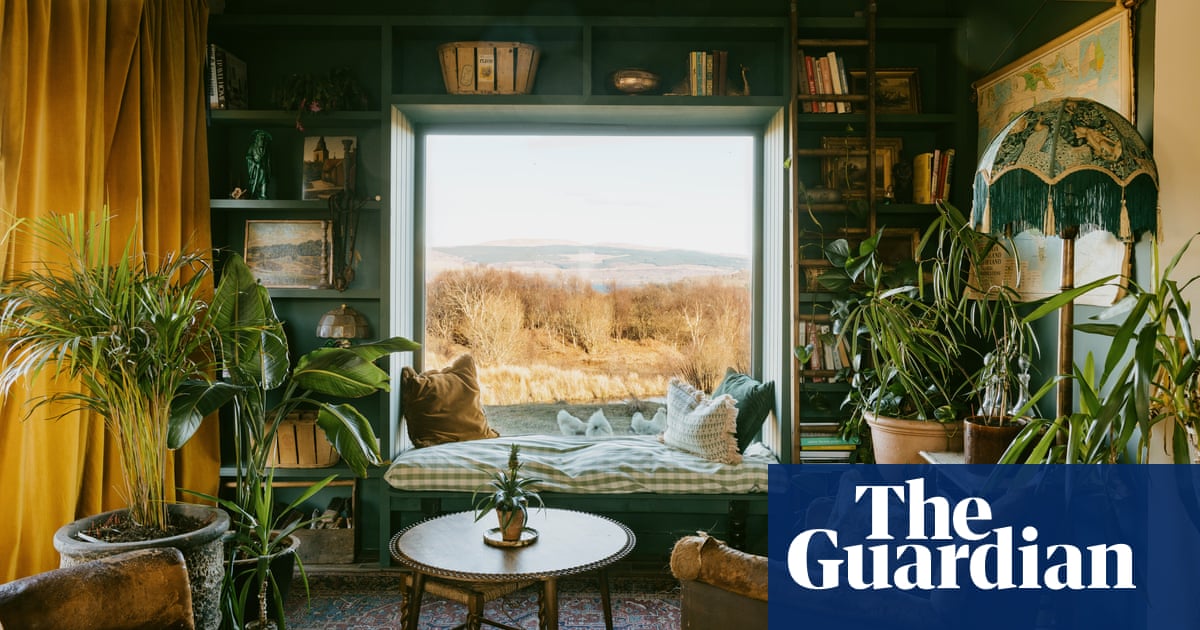
Travel the wonders of the world
Online tools such as Google’s Street View Treks and You Visit’s panoramas are a wanderlust-inducing way to bring an atlas or globe to life for kids. From the sky, the vast Petra complex in Jordan blends seamlessly with the arid desert but dive down with Treks, and you’re soon “walking with the Nabataeans”. Over in Peru, You Visit’s 360-degree panorama of Machu Picchu reveals facts and folklore, just like English Heritage’s online tour of Stonehenge, which includes live cams from the lesser-visited middle.
• 10 virtual tours of the world’s most famous landmarks
Meet real-life explorers
“We’re in the middle of the Columbia icefield [in Canada] and after days of storms the sun is finally shining,” Alison Criscitiello beams into our living room alongside Alberta’s glistening peaks. “We’re here to monitor the impacts of climate change”, she says, with a giant ice drill at the ready. Criscitiello is hosting one of a series of National Geographic classrooms, bringing explorers to screens around the world. Kids can join live to ask questions, or watch recorded sessions. The series also hears from Paul Salopek who set out to trace the earliest humans on a 21,000-mile odyssey, and conservationist biologist Jodi Rowley who conducts expeditions in search of new frog species.
• nationalgeographic.org
Go on safari
“Woah, it’s massive,” my two boys cheer in delight as ranger Lauren pulls apart a steaming pile of elephant dung – just in front of our sofa. It’s never been easier (and cheaper) to head off into the bush in search of favourite creatures and critters. By partnering with WildEarth TV, conservation-minded travel company andBeyond has created a virtual safari. Two live safari drives take place daily from Ngala and Djuma private game reserves in South Africa with a 45-minute “kiddies drive” each afternoon. For something more hands-on, Samara Karoo’s bite-size Bush Lessons introduce kids to tracking, tree planting, rock art and fly camping.
• andBeyond
Become a marine biologist
Six Senses Laamu has kickstarted a 10-week Junior Marine Biology programme for budding underwater conservationists. After exploring turtles, manta rays, dolphins, seagrass and reefs with Laamu’s 10 marine biologists, children are encouraged to get creative at home upcycling, crafting, drawing and storytelling about what they’ve learned. “Homework” can even be sent in to be marked. Each marine biologist specialises in a different field of conservation and research for the Maldives Underwater Initiative, so you know you’re in good hands.
• sixsenses.com
Understand the illegal wildlife trade
Charity Tale2Tail’s online resources are designed to help kids to understand why and how the world’s most endangered species can be protected. The Animal Ambassadors pack of resources includes more than 20 hours of activities: from how to draw animals with illustrator Axel Scheffler to storytime with Joanna Lumley and photography lessons with David Yarrow. Older kids may prefer to join Ol Pejeta Conservancy’s virtual classroom, where leading conservationists discuss what it’s like to work with a species on the brink of extinction.
• Tale2Tail
Learn to make street art – and ravioli
Get Your Guide’s The World at Home series hopes to bring its locally-run tours to “lockdown” screens worldwide, while keeping guides who are stuck at home in work. Kick off with a graffiti- and stencil-making workshop with street artist Kurtis (in Berlin) and when you work up a hunger tune into chef Francesco’s ravioli-making lesson – streamed from his kitchen in Florence. With new experiences going live most days, from cheese-making to Greek mythology, it’s easy to while away hours getting a sense of the world beyond.
• Get Your Guide’s World at Home Series is on YouTube, its live event listings are here
Seek out creative inspiration
“It sets your imagination on fire,” says children’s author Jacqueline Wilson, luring us into the magical world of London’s Tate Modern. “Paintings give me all sorts of inspiration for my stories,” she adds. The Tate’s not the only world-renowned gallery throwing open its virtual doors, for cultured kids, big and small. The New York Metropolitan Museum of Art’s #MetKids programme was designed by kids. Click through a cartoon map to learn fun facts about the artefacts best suited to kids, such as William the miniature Egyptian hippo that’s the museum’s unofficial mascot, or head into the Time Machine to discover art and culture from a particular time or place.
• Tate Kids, MET Kids
Tour US national parks with a ranger
As the shot pans across a wild ocean, black lava and a fiery volcano, park ranger Andrea Kaawaloa-Okita doesn’t have to say much before earning a captive audience in my household. Roaming between hypnotic sounds and damp glimpses of the lava tube to the windswept volcanic cliffs, Kaawaloa-Okita’s storytelling-style voiceover is slow and steady enough for kids (and tired parents) to absorb. It’s also interactive, which helps maintain attention spans. The Hidden Worlds of the National Parks series goes to five US parks, including Bryce Canyon in Utah and Kenai Fjords in Alaska, to explore “places most people never go”.
• Hidden Worlds series on Google Arts and Culture
10 of the best virtual tours of the world’s natural wonders
Buckle up for live-cam action
Mindful and addictive all at once, non-profit Explore.org’s catalogue of live cams invite visitors to go orca-spotting one minute and perch atop a bald eagle’s nest the next. Cruising through the cams is fun, but for a more constructive experience head to its education centre. Here more than 300 videos, photos and lesson plans are organised by location or conservation-led topics. Younger kids may prefer to tune into live cams from aquariums such as Plymouth’s National Marine Aquarium’s live octopus feeding, or the leopard shark-filled kelp forests of Monterey Bay Aquarium. Or, swot up on wildlife closer to home – barn owls and badgers – with the Wildlife Trust’s webcams.
• explore.org
Blast off into space
The sky’s not the limit when it comes to virtual travels. In 2011, Curiosity Rover travelled for eight months and 352m miles to land on the surface of Mars. Via its Access Mars project, Google and Nasa have shared some of the data and images, collating them in a 3D replica of the Martian surface. Some may be disappointed to find no aliens, but the interactive webpage with facts straight from the scientists offers an engaging slice of space exploration. For the perfect ending to a space-themed day, beam up into the International Space Station for a series of stories read from space.












